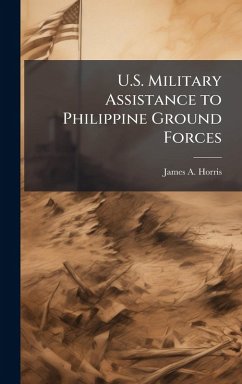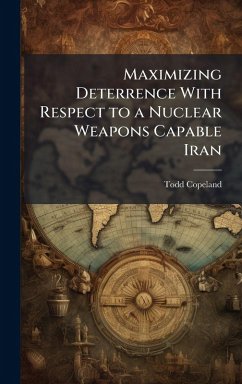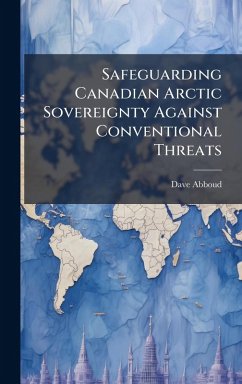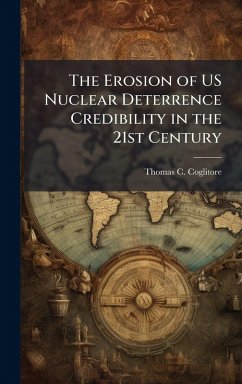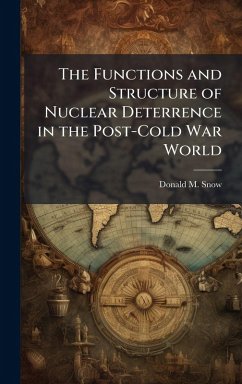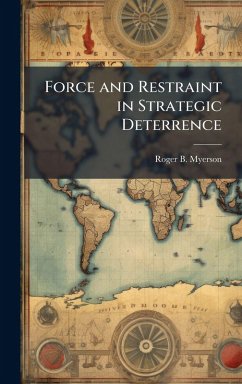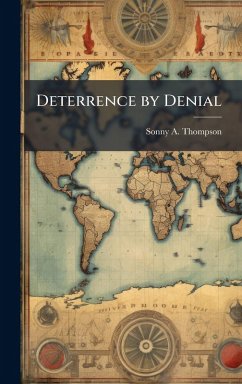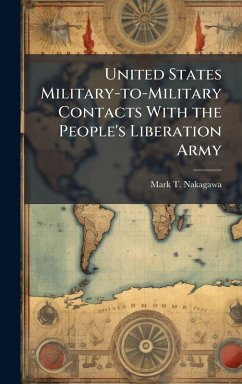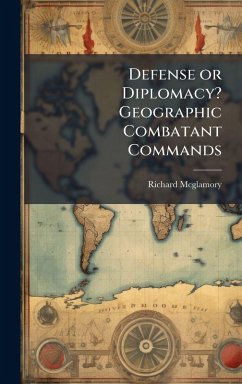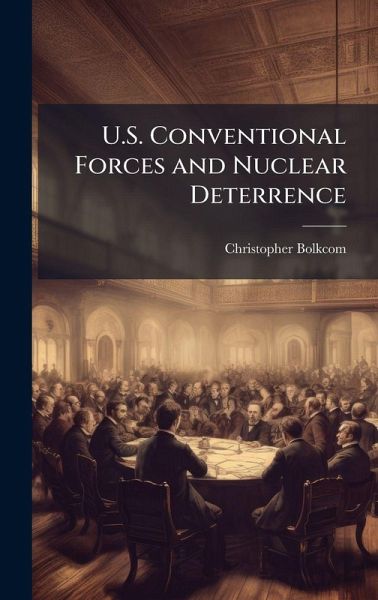
U.S. Conventional Forces and Nuclear Deterrence
Versandkostenfrei!
Versandfertig in über 4 Wochen
25,99 €
inkl. MwSt.
Weitere Ausgaben:

PAYBACK Punkte
13 °P sammeln!
Congress and the Department of Defense (DOD) are engaged in an extended discourse over the future direction of U.S. defense strategy and military force structure. In the past, these discussions have focused almost exclusively on questions related to U.S. conventional military forces, with discussions about nuclear weapons held in separate fora. However, the 2005 Quadrennial Defense Review (QDR) examined both nuclear and conventional forces, a first in the QDR's history. This indicates that analysts both inside and outside government are beginning to review and assess the potential deterrent an...
Congress and the Department of Defense (DOD) are engaged in an extended discourse over the future direction of U.S. defense strategy and military force structure. In the past, these discussions have focused almost exclusively on questions related to U.S. conventional military forces, with discussions about nuclear weapons held in separate fora. However, the 2005 Quadrennial Defense Review (QDR) examined both nuclear and conventional forces, a first in the QDR's history. This indicates that analysts both inside and outside government are beginning to review and assess the potential deterrent and operational relationship between conventional and nuclear weapons. It appears that considerable pressure is building on DOD leaders to make strategy and force structure decisions with cost-effectiveness in mind. A key question for contemporary defense planners is what proportion of U.S. military capabilities should be focused on traditional military challenges and what proportion should be focused on non-traditional challenges, such as "irregular, disruptive and catastrophic" threats? This work has been selected by scholars as being culturally important, and is part of the knowledge base of civilization as we know it. This work was reproduced from the original artifact, and remains as true to the original work as possible. Therefore, you will see the original copyright references, library stamps (as most of these works have been housed in our most important libraries around the world), and other notations in the work. This work is in the public domain in the United States of America, and possibly other nations. Within the United States, you may freely copy and distribute this work, as no entity (individual or corporate) has a copyright on the body of the work. As a reproduction of a historical artifact, this work may contain missing or blurred pages, poor pictures, errant marks, etc. Scholars believe, and we concur, that this work is important enough to be preserved, reproduced, and made generally available to the public. We appreciate your support of the preservation process, and thank you for being an important part of keeping this knowledge alive and relevant.



